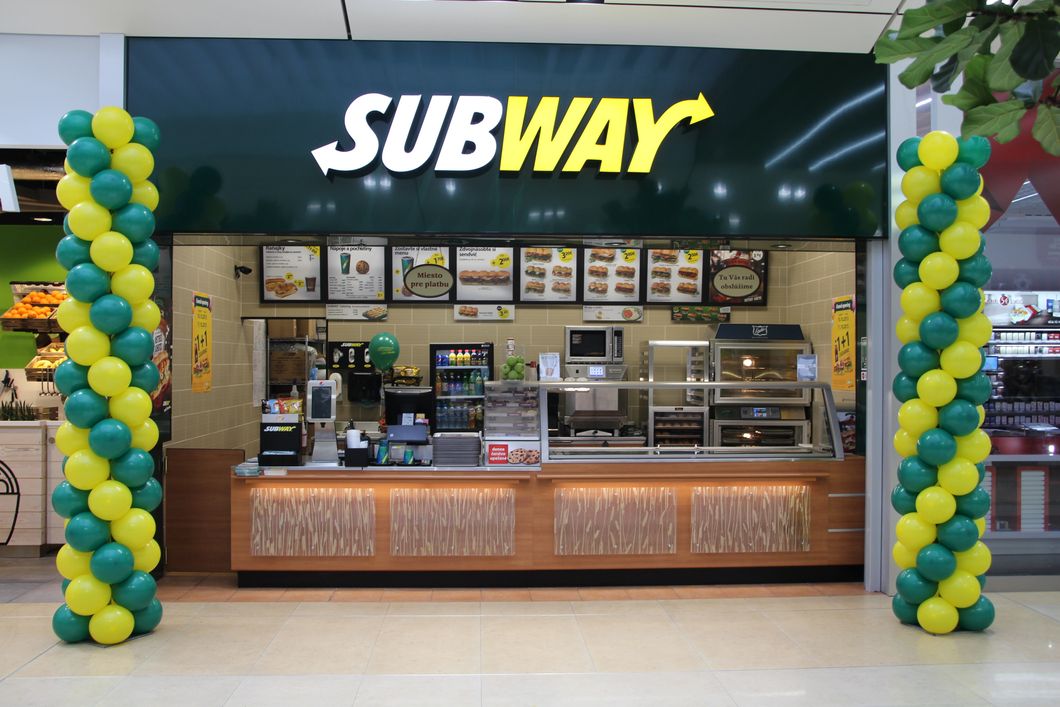It may soon be harder to find a "fresh" foot-long or six-inch sandwich with that iconic white and yellow logo arrowed at both sides. For the past 2.5 years, Subway has closed over 1800 of its locations across the U.S., 500 between January and the end of April of this year. Subway's CEO, Suzanne Greco, stated that "Store count isn't everything... It's about growing the business." That statement, at this point, sounds overconfident.
The lack of quality management is one of the issues that causes Subway's locations to close. Instead of making sure that each site is profitable, the chain jus wants to open more locations and collect more fees from franchisees without considering the profitability of each store.
The five-dollar foot-long was also a problem because, while the goal was to increase sales, the price wasn't enough revenue to make a decent profit and the promotion was kept for far too long. Because of this carelessness, some stores were placed too close to each other and others were even insolvent and others (400 of them) also protested corporate about the five-dollar foot-long promotion.
Of course, one of the leading causes of the lack of strong leadership at the corporate level. Franchisees are often in fear of having their licenses revoked for sending even minor complaints to corporate. Not to mention that the current CEO, Suzanne Greco, inherited the job and lacks understanding for the concerns of franchisees. This lack of clear and comfortable communication between the franchiser and the franchisees is an indicator that there isn't much strong leadership at the company.
Besides poor management and leadership, Subway also has an absence of "fresh" ingredients. Subway stores have often given new shipments of ingredients once a week, especially if they are in a location that isn't very busy. That means that depending on the day of the week, you may have eaten vegetables that were fresh last week.
Employees have sometimes found vegetables that are rotting inside vacuum-sealed bags or become mushy very quickly, which means that they've been packaged and stored for quite a while before being sent out.
There was also a scandal that their bread contains an ingredient called azodicarbonamide which is used to in foaming plastics. Thankfully azodicarbonamide has been phased out of their breads now. In 2017, however, CBC Marketplace found that the chicken in Subway's subs are not even 60% chicken (only around 50%) after DNA testing. The remainder of the "chicken" as mostly soy. With that said, the "fresh" sub sandwich is probably not as fresh as you'd hoped for.
The problems with management, leadership, and ingredients aren't the only causes of Subway's rapid closing of locations. The company's lack of innovation into new menu options and marketing techniques is arguably another good cause for the decline. The menu hasn't changed that much since they started and their slogan of eating fresh is getting old.
If Subway plans on keeping themselves away from the edge of downfall, then they should first rebuild the trust and pride in the relationships with their franchisees, as opposed to open more locations that are prone to fail. They should then take a more innovative and transparent approach to revamp their marketing and menu selections.




































